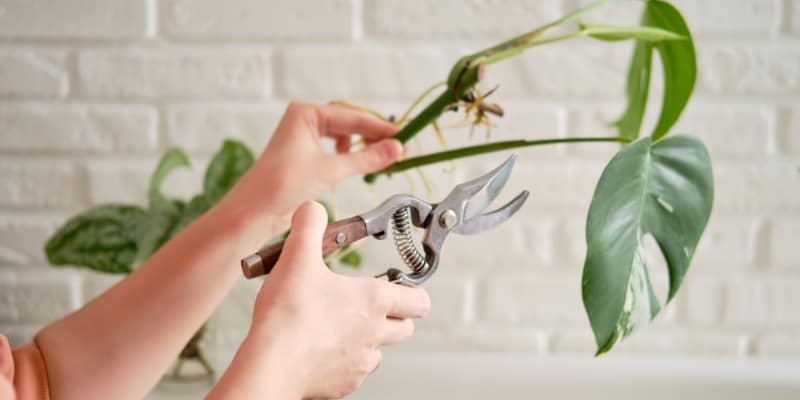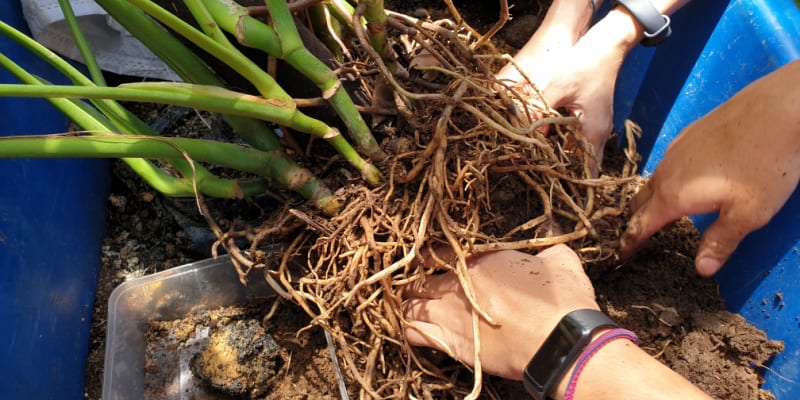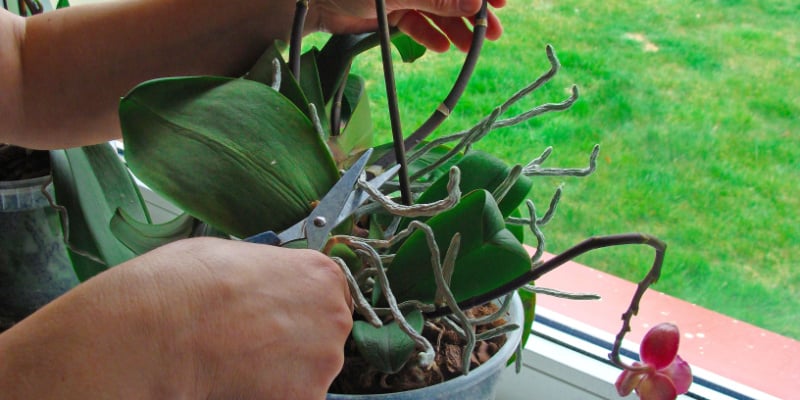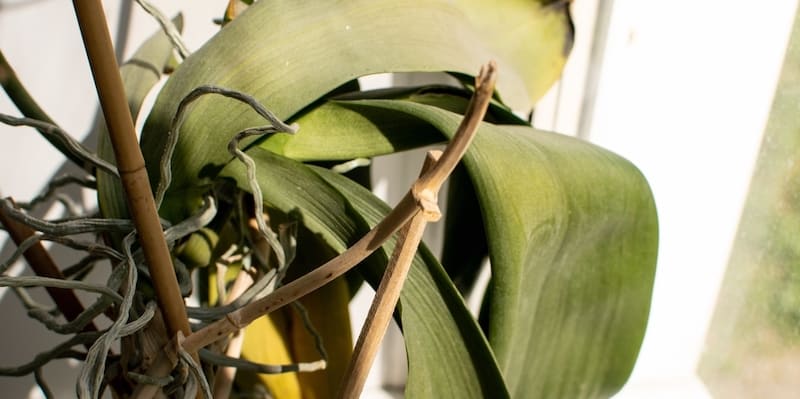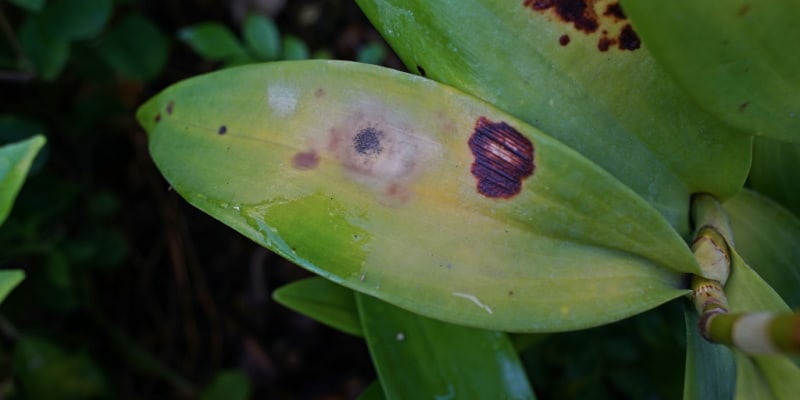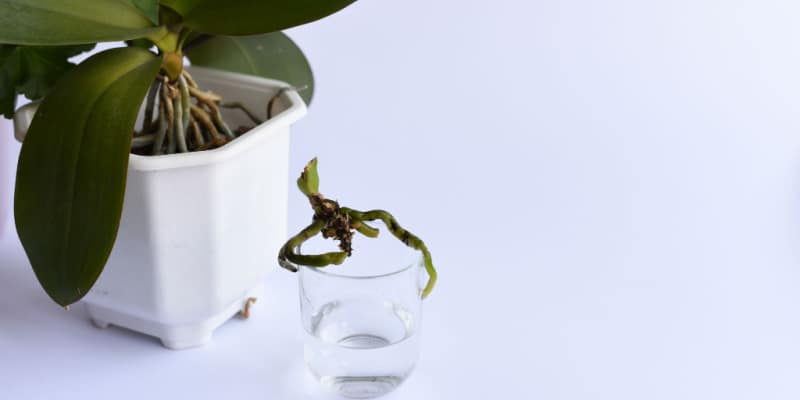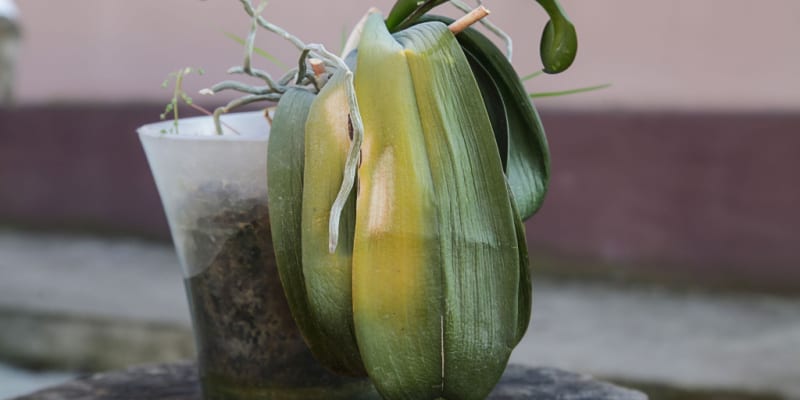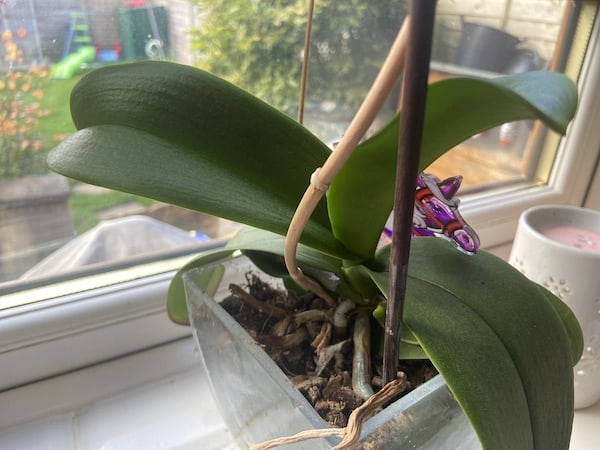5 Reasons Your Swiss Cheese Plant is Drooping and How to Fix It
In general, I find that my Monstera plants are very forgiving and it takes a lot of neglect before they start showing any signs of ill health. However, if you notice that your Swiss cheese plant is drooping or wilting, maybe looking a little sad, the most common reason behind this is that you are actually overwatering or underwatering the plant. If you know that this is not the case then other reasons include the wrong size pot for your…


